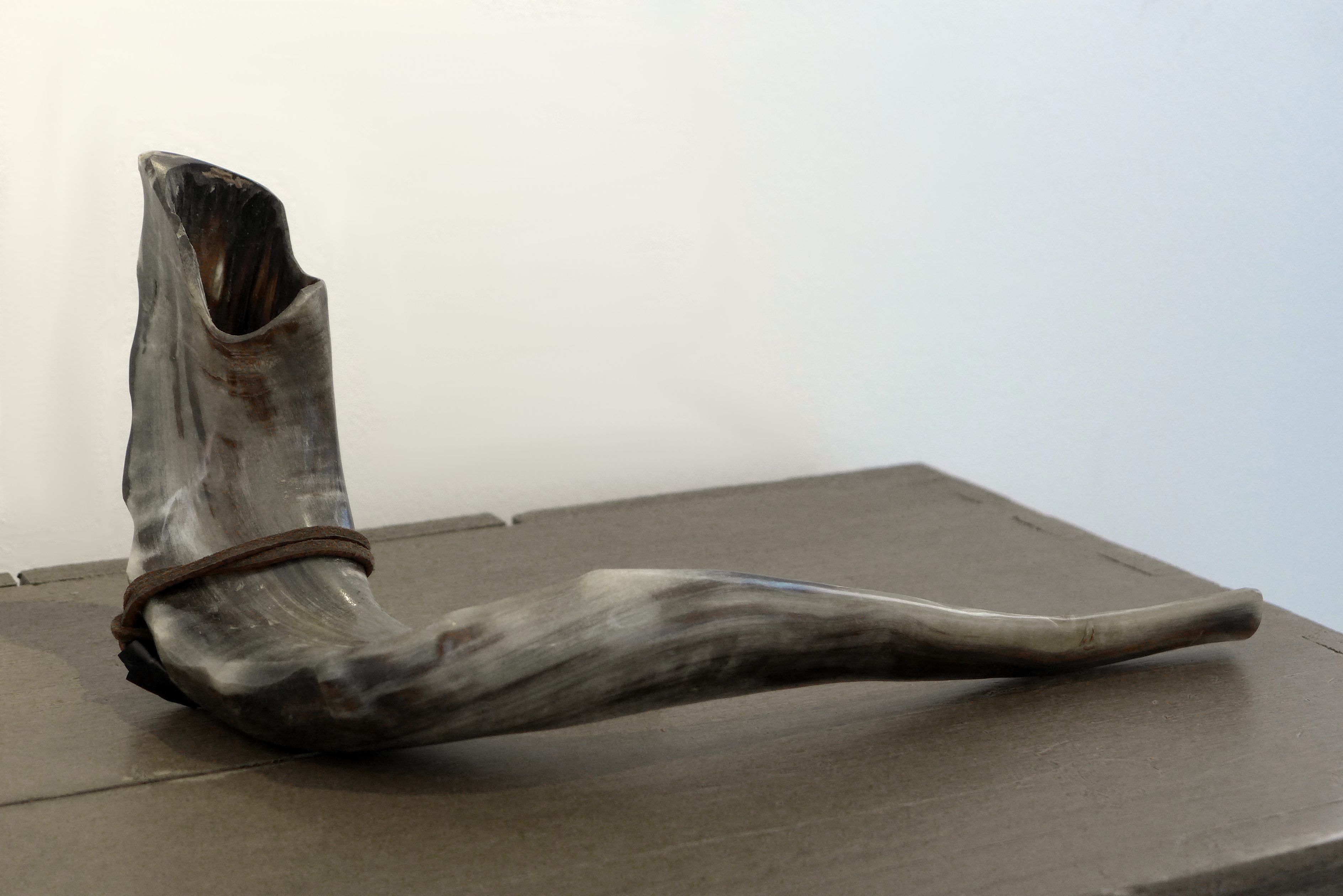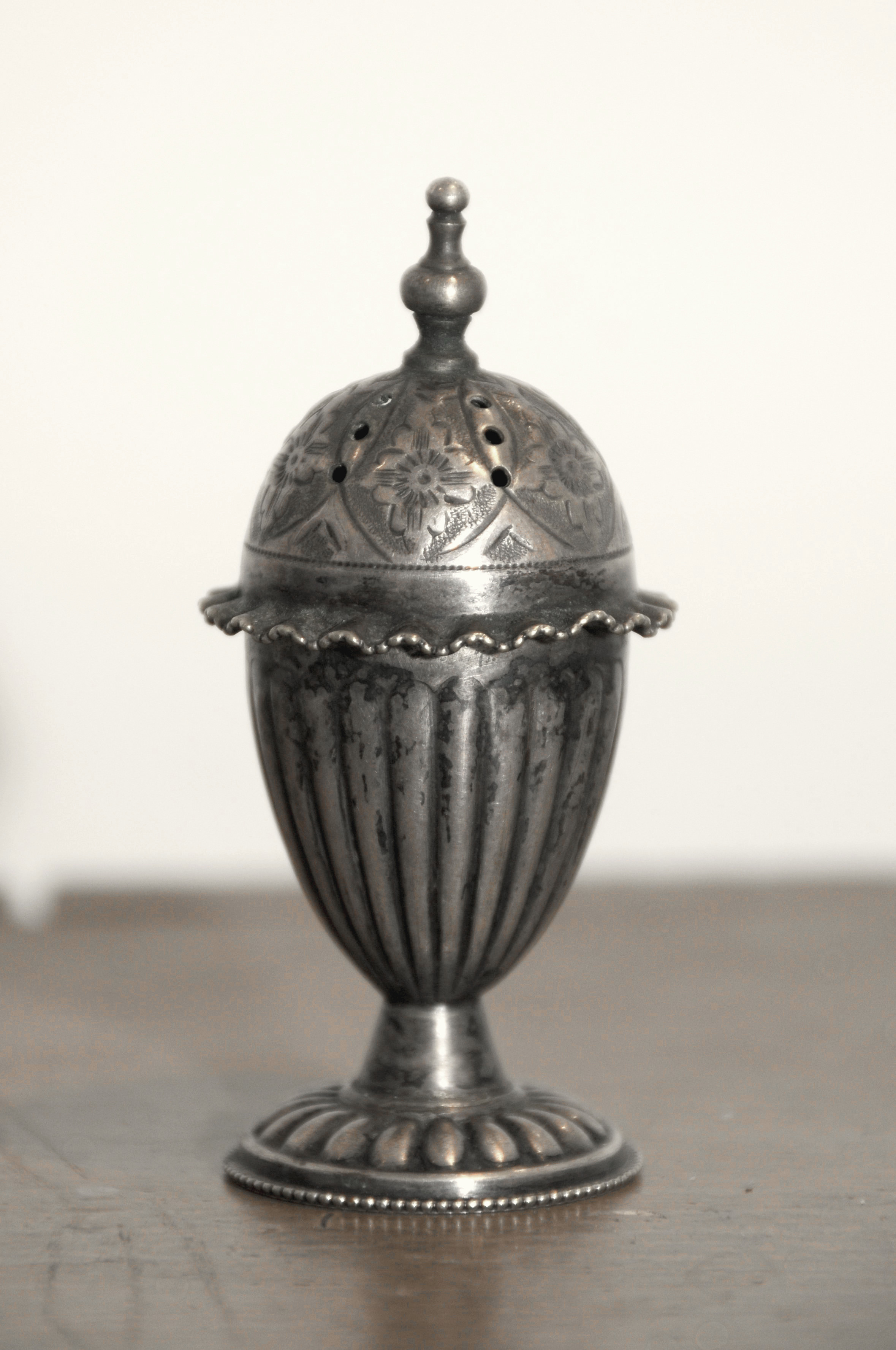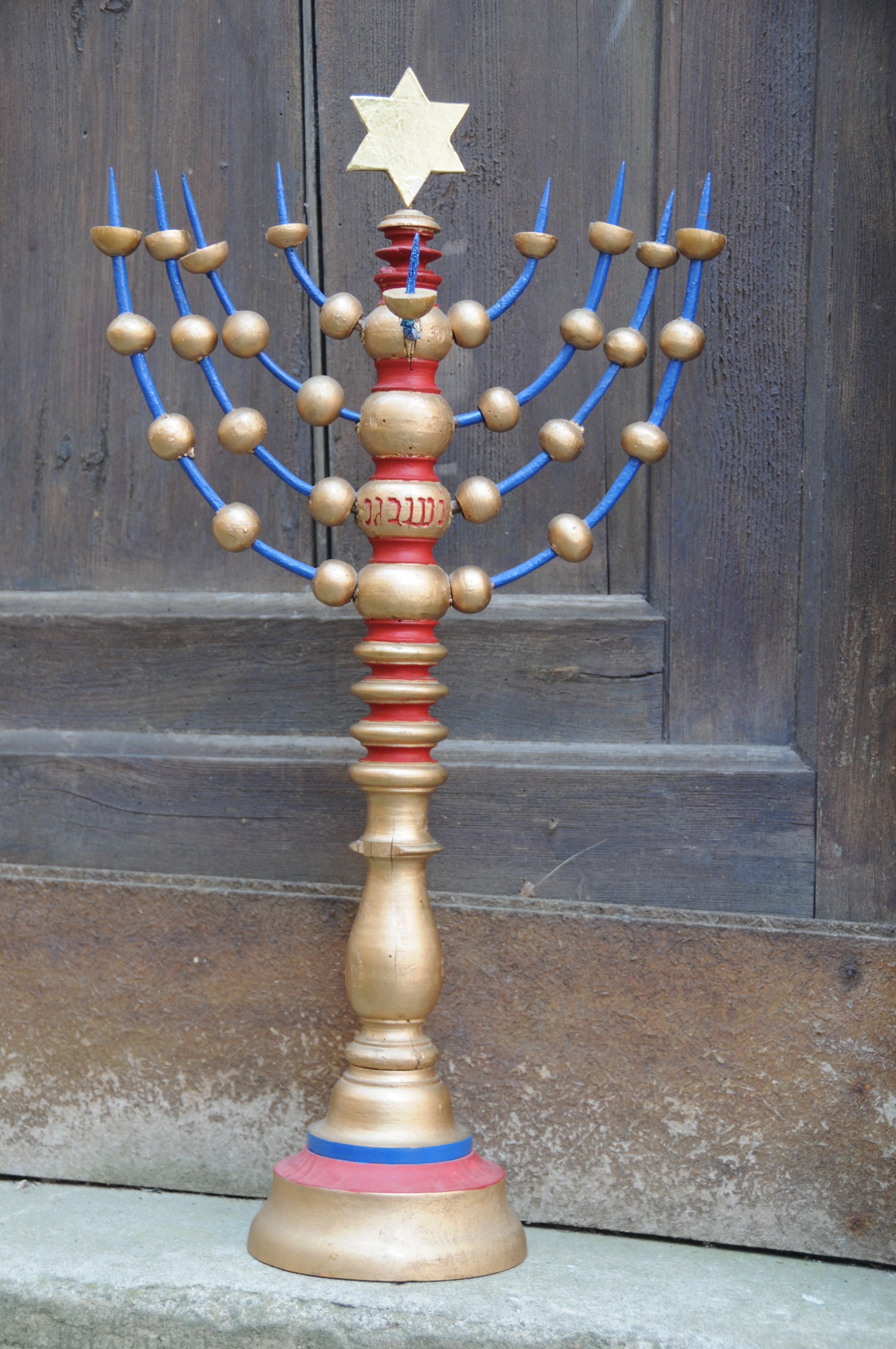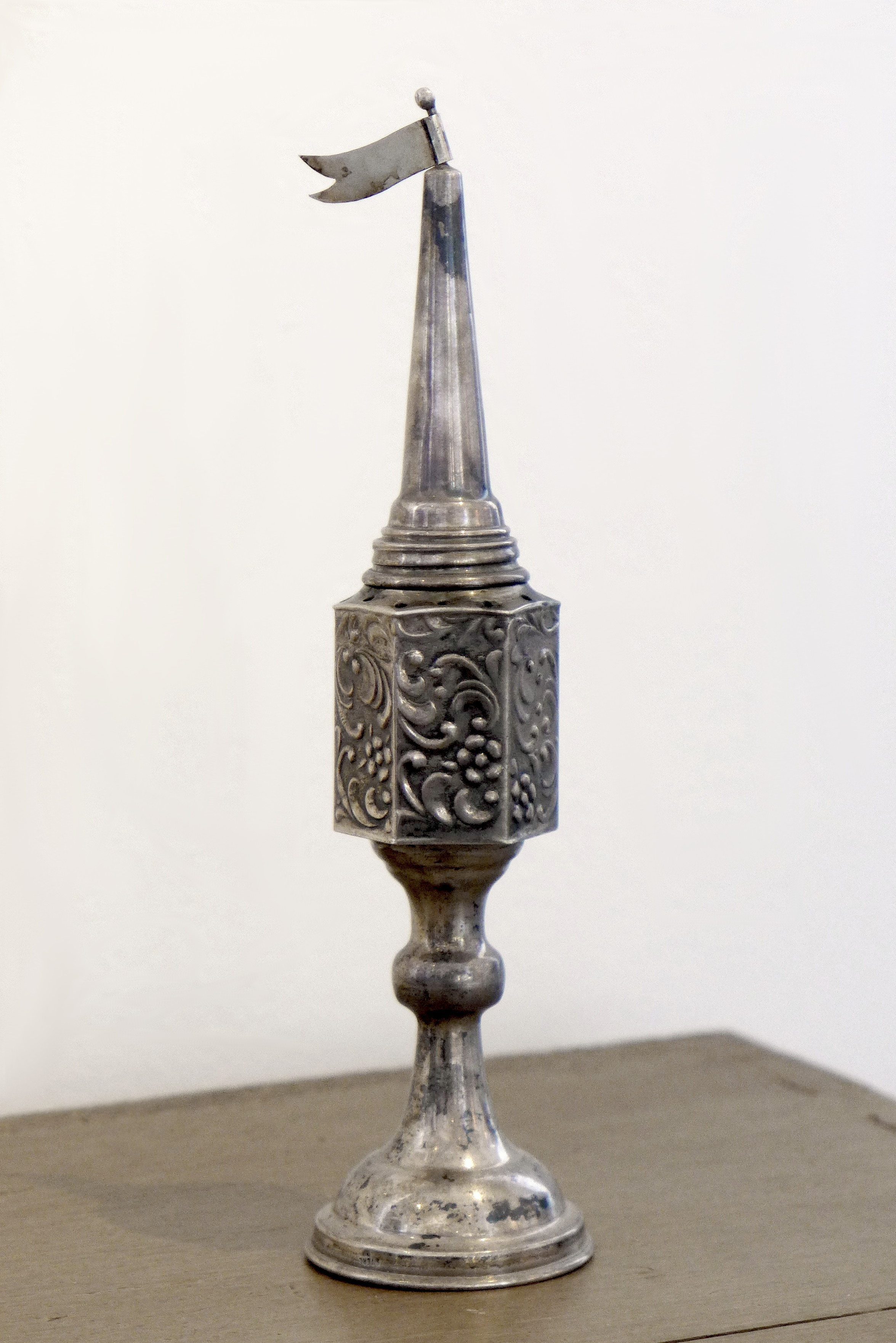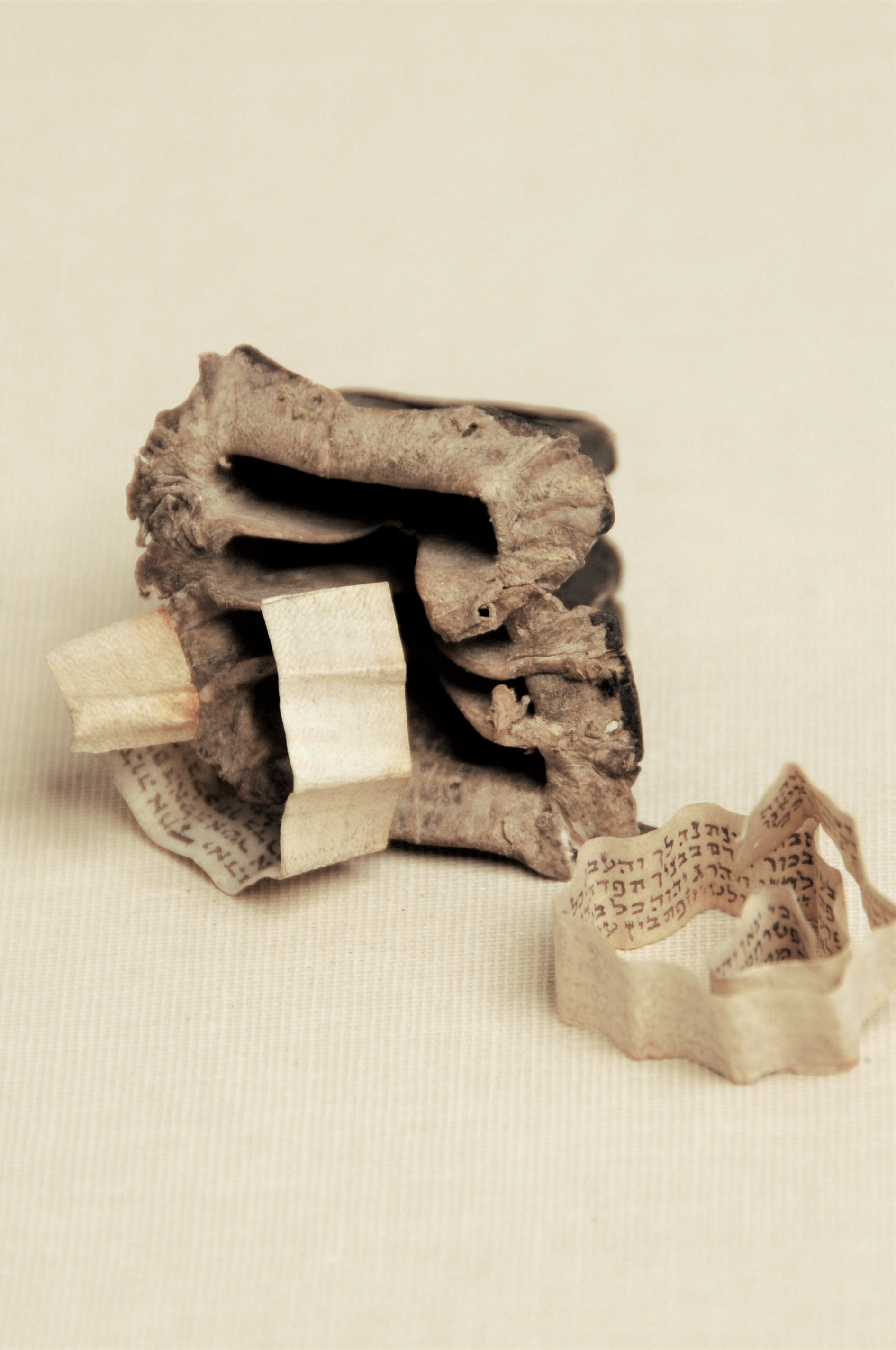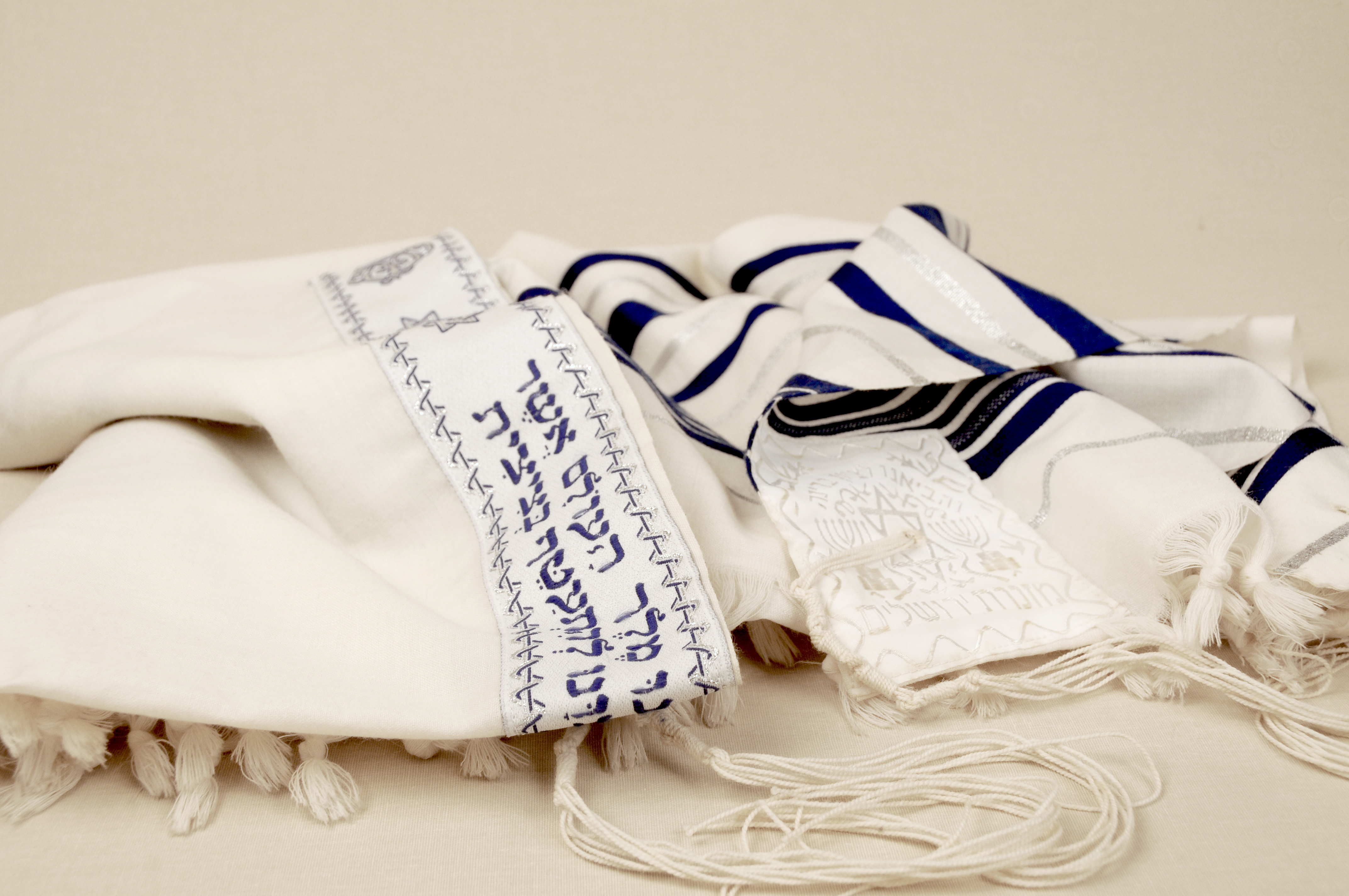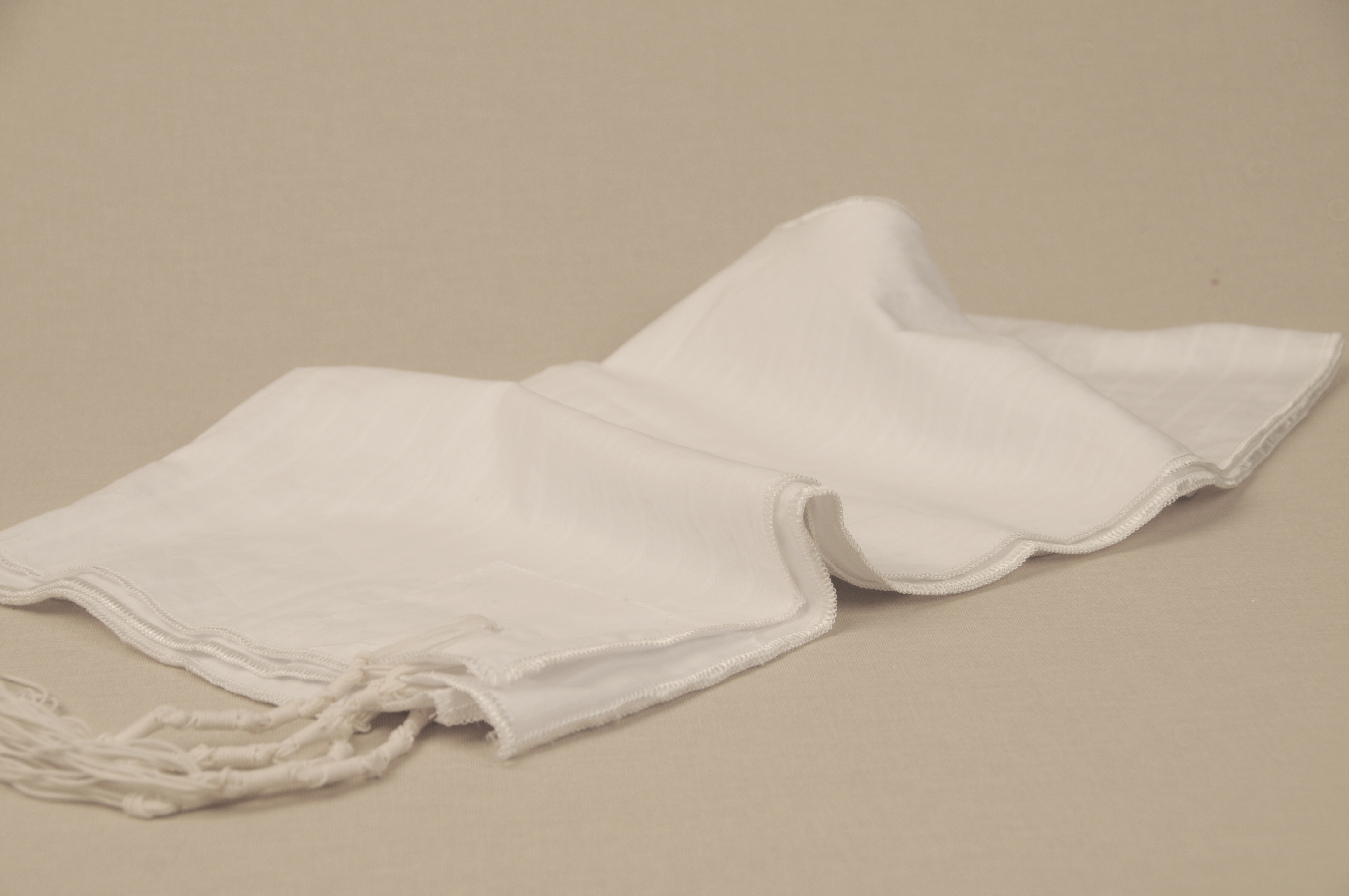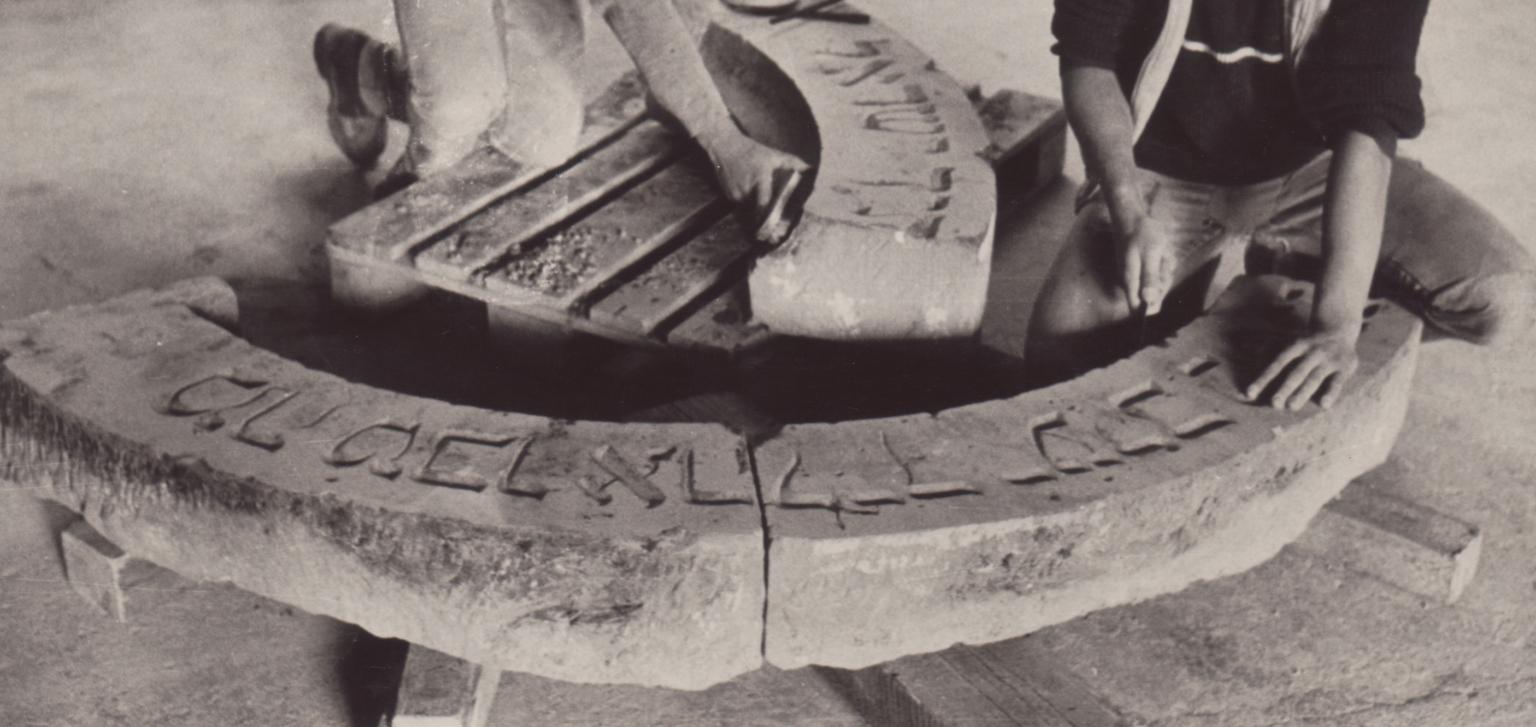
Small Jewish communities
As opposed to the urban Jewish communities, the conditions for a regulated communal life in the fragmented rural settlements were admittedly poor. Oftentimes, only four to five families were even allowed to take up residence in a village, while the Minyan required at least ten religiously mature men to be able to conduct a worship service. For this reason, important religious institutions such as the synagogue or the Mikveh could not be established in many areas. Ultimately, the transfer of Jewish faith traditions into the rural regions was accomplished only through creativity, flexibility and ingenuity. This meant that the study and the practice of religion were carried out largely in private rooms or in small prayer rooms set up in private homes, with the majority of the new synagogues in the Hunsrück first being erected around the middle of the 19th Century.
"The local position of religious teacher, cantor and shohet must be filled soon"
"The local position of religious teacher and cantor must be staffed by the 1st of October. The salary is 900 Marks, as well as approx. 200 Marks supplemental income and a rent-free place of residence. Applicants also aspiring for the position as shohet must be in possession of elementary instructor certificates and appear before the Board with the certificates in hand. Laufersweiler, 7 August (1901) Synagogue Community Board
The rural Hunsrück communities could not usually "afford" a trained rabbi. If one was present, they were the Jewish teachers who also fulfilled other important community functions along with the Hebrew and religious instruction they provided. Job advertisements like the one in Laufersweiler reveal that the position of teacher was oftentimes tied to other activities, such as prayer leader and shohet (kosher butcher).
Preserved tradition
The lack of such providers of their religious teachings meant that the preservation of Jewish heritage and culture became the responsibility of each individual. As a result, a devout piety developed over the countryside, characterized by a rather strict adherence to the canon of Jewish customs and traditions. Studying of the scriptures and the related, ongoing reinterpretation and discussion that characterized urban Judaism did not take place in the rural areas for quite some time. Judaism throughout the rural regions focused instead on religious practice, with their customs largely being transmitted, and so preserved, orally. Reform movements originating in the cities at the beginning of the 19th Century developed only hesitantly out in the country. Differences in religious practices also developed gradually throughout the Hunsrück region, however: While the Simmern congregation evidently oriented itself on a more liberal Judaism with harmonium and choral singing, Jews elsewhere remained true to a more conservative form of Judaism. In 1930, it was reported of the Jews in Werlau that they would „arduously cling to the old ways“ and they all „lived strictly kosher lives while diligently employing their prayer room“. At the same time, the Jews of Kastellaun were said to have engaged in more worldly pleasures on the Sabbath, such as pursuing a round of ninepins.
The following slide presentation provides a brief overview of the annual Jewish holidays that are celebrated in the same manner today as they were back then. The presentation comprises specific objects preserved over time and therefore should not be considered as being comprehensive.
Judaism’s most important holiday
Edicts concerning the civil status of Jews in the Prussian State from 1812 and 1847 afforded the Jews in the Rhineland the right of establishment as well as the freedom of trade and to operate a business. The edicts also marked the beginning of an approach towards integrating the Jews into the majority Christian society. Particularly in the rural areas, Jews and Christians had long lived and worked closely together; both contributing in equal measure to the social and economic life of the small towns and villages. Their lifestyles remained clearly distinguishable from each other, however, with the observance of customs, festivities and holidays constituting an important contrast in their mutual, day-to-day lives. On Shabbat, their weekly Sabbath day of feasting and resting, the Jewish community would gather in the synagogue to “find” themselves again and to honour the Torah. Families would welcome the day with a solemn ceremony, for which they donned their best clothing and joined together at a festively decorated table. The day was purposely distinguished from all other days of the week.
The scene below depicts a decorated Shabbat table setting for the Kabbalat Shabbat; the ceremony held on Friday evening to "welcome the Shabbat". The highlighted blocks open further explanations related to the object’s significance and its order in the ceremony.
The slide presentation depicts the ritual objects that accompanied the Shabbat, as well as the daily prayer and the private practice of religion.
Blessed are You, Lord our God,
Ruler of the universe,
who has sanctified us with commandments,
and commanded us to light Shabbat candles.
Amen


